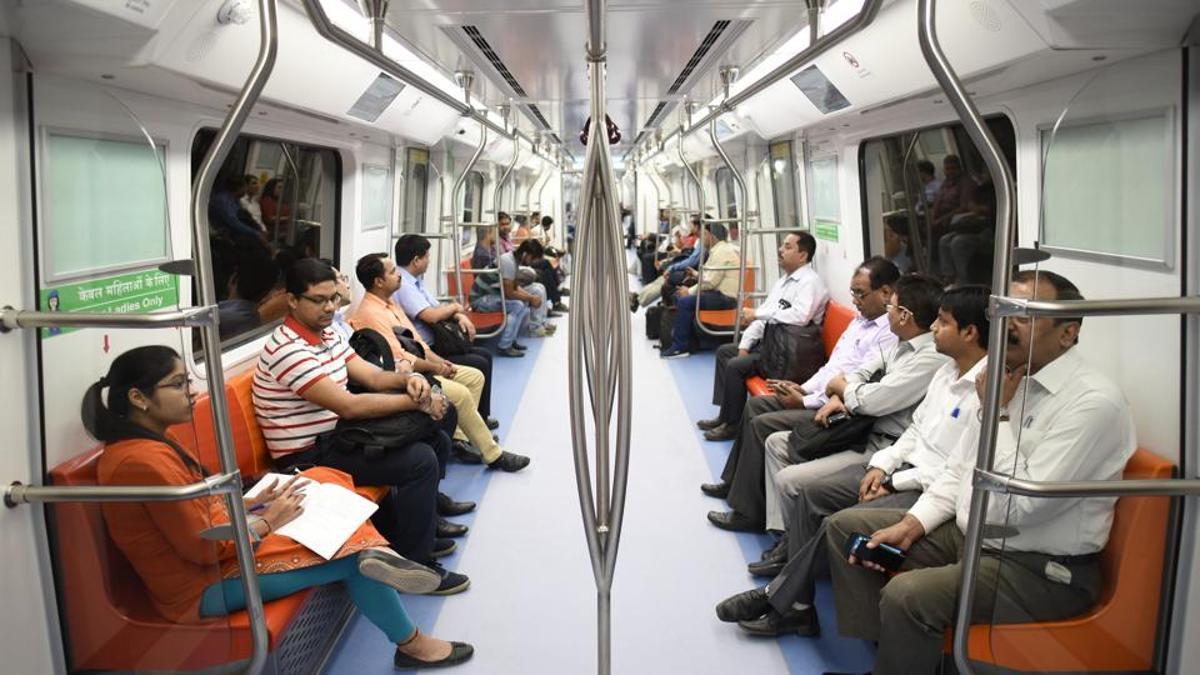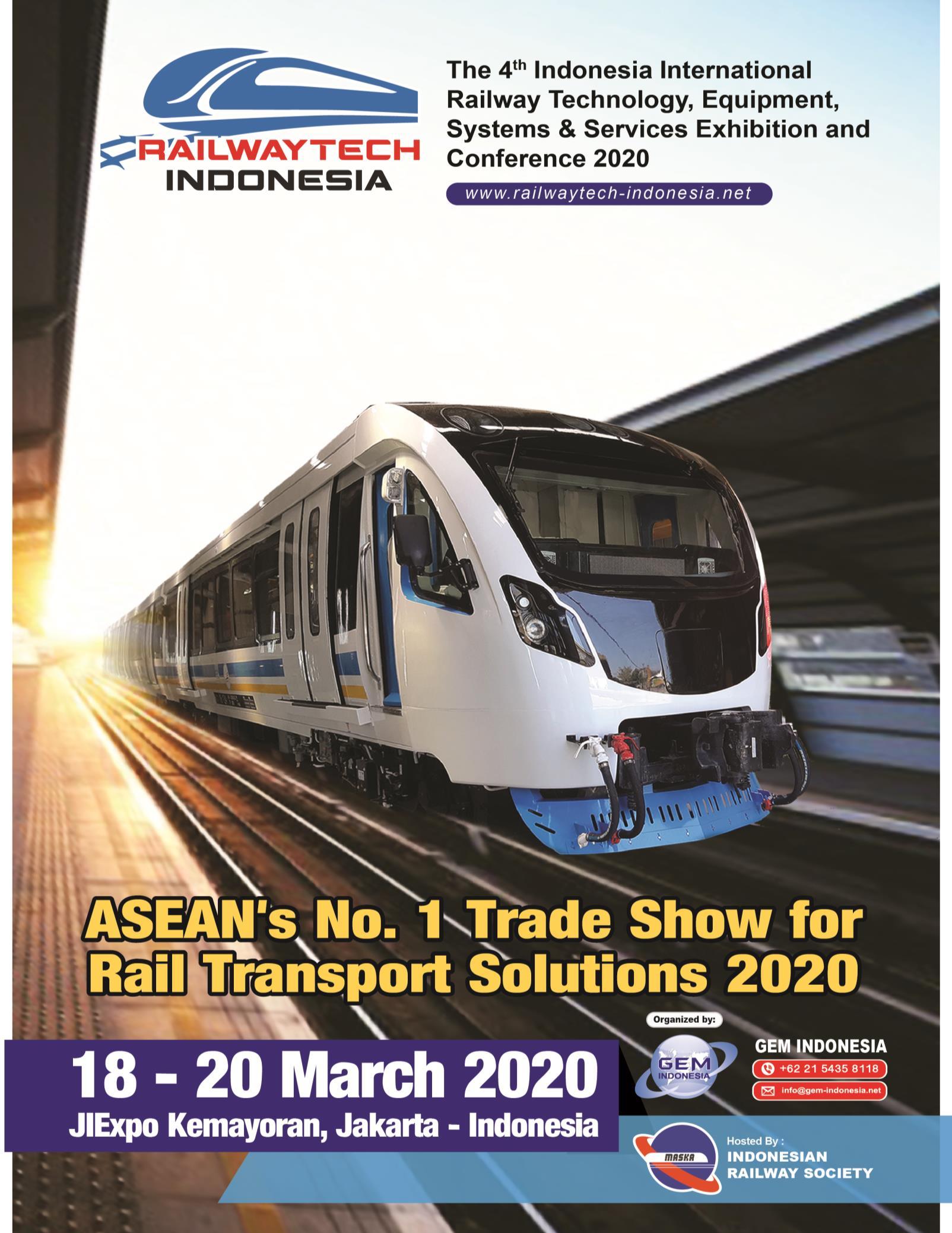
4 minute read
Urban Transport and Safety against Airborne Disease Ar. Raja Singh & Prof. Dr. Anil Dewan School of Planning & Architecture (SPA
Urban Transport and Safety
against Airborne Disease
Advertisement
There seems to be a constant push to promote public transport in metropolitan cities worldwide. In India too there has been a rise public transportation project. Our cities are promoting transit oriented development. This change has led to an increase in the number of Mass Rapid Train projects, Bus Transit transport projects and also an increase in aggregator based cab services.
One common noteworthy factor in these developments is the reliance on HVAC systems by these modes of transports. We see today that the MRTS and the BRTS projects are all air conditioned buses. The Ola and Uber and other aggregator based cab services are also air conditioned.
At an increased energy and commute cost, these air conditioned services definitely provide thermal comfort to the passengers. But there is a cost that they might be unaware of. That is the cost of disease burden. That is the cost of a high risk of getting infected by an airborne infection.
To explain this phenomenon, we must understand the history of a common Infectious disease like Tuberculosis. This disease is spread through the airborne route. This means that when a person having pulmonary TB sneezes, the TB bacteria in the form of 'droplet nuclei' or simply an aerosol is suspended in the air and immediately tries to find another human host whose lungs the bacteria will penetrate and cause infection. The major evolutionary trait of the Tuberculosis bacteria is that it doesn't become active infection in all the people it infects. It rather become a latent form of infection and doesn't infect the host. In this dormant or 'latent' state the bacteria activates only due to any immunosuppression in the host due to old age or any other disease. There are today millions ofIndians who have latent TB infection but are unaware. This way the bacteria has kept itself within the human population for ages.
Latent infection apart, the number of people having active Pulmonary Tuberculosis infection also are in huge numbers. These people are ofthree types: 1. People who have been diagnosed and are taking treatment or have completed treatment. 2. People who have been diagnosed but have not completed the treatment or are not following up with the treatment. 3. People who are neither diagnosed and are not taking treatment as a consequence.
The people in the point 1 are safe but the people who are undiagnosed and undiagnosed and not treatment unintentionally spread the disease to the community. The changes of disease spread is limited in the areas where there is exposure to outdoor Sunlight and Natural Ventilation. The areas not safe are the hermetically sealed ones. The urban modes of commute are made air tight in order to optimize the energy cost. This tradeoff in order to save air conditioning energy can lead to a spread of disease due to low Air Changes per hour in these vehicles. Increased air changes will also optimally deodorize the air, diffuse harmful gases and bring in optimum levels ofoxygen in the spaces.
With this increase in exposure to recirculated air in the commute vehicles, there is an increase risk of airborne infection transmission to the passengers. Tuberculosis, which was known as a disease ofthe homeless and the poor has
Prof. Dr. Anil Dewan Supervisor & Professor, School of Planning & Architecture, New Delhi Ar. Raja Singh Research Scholar, School of Planning & Architecture, New Delhi
A potential of becoming the disease of the rich and the urban.
Another key concern is that there is a high quantity of PM 2.5 and PM 10 particulate matter in the urban air today. This is reflected in the High levels ofAQI index of major cities like Delhi. This factor leads to people not letting the outside air to enter into the spaces or the passenger vehicles. In the metropolitan cities where the AQI is bad, there should be use ofNaso-filters and other screen which prevent the PM 2.5 from entering but otherwise do not hamper the dilution ventilation. Dilution ventilation will be the dilution of the bacteria percentage in the air due to exchange ofair with outdoor fresh air.
There are other coastal cities like Mumbai where the AQI is not as severe as that of New Delhi. In these cities, fresh air has low PM 2.5 and low PM 10. This simply means that dust is less of a concern in these cities. Increasing air changes per hour with fresh air in these cities may serve to be an optimum strategy for preventing airborne infection spread. In the case of Mumbai, the need is all the more as Mumbai as a city has the highest TB infected people in the community. Additionally there are conditions of slums and congested transportation and standards ofliving.
As transport planners, passenger vehicle designers, architects and municipal commissioners, we must make ourselves aware of the rising need for an interdisciplinary approach to designing smarter cities with better transportation. In this interdisciplinary context we must also understand disease dynamics and how as designers we can play a major role in preventing its spread in the community.











